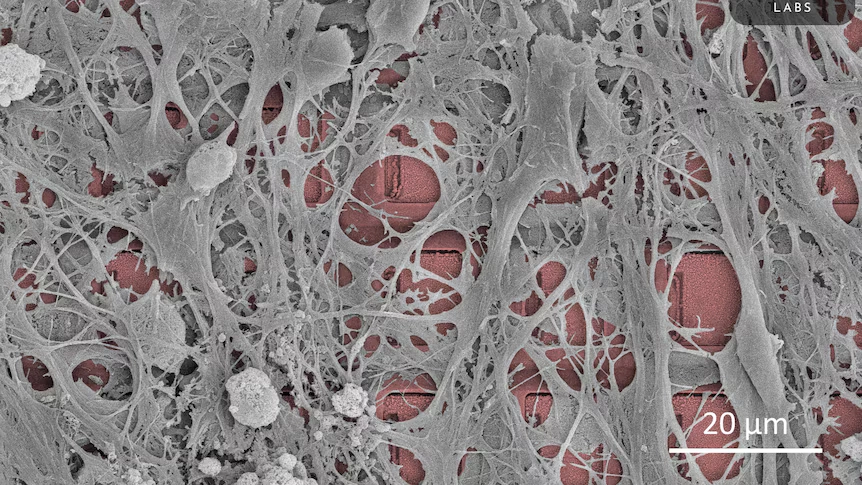"Embrace The Next Evolution"
Neuralink Chip Implant | First Human Trials

Neuralink Chip Implant: Ushering in a New Era of Human-Computer Interaction
The field of neurotechnology has reached a significant milestone with Neuralink, a neurotechnology company founded by Elon Musk, successfully commencing human trials of its brain-computer interface (BCI) chip. This groundbreaking endeavor holds immense potential for revolutionizing the lives of individuals with disabilities and could pave the way for futuristic human-computer symbiosis.
The Neuralink Implant: A Technological Marvel
The Neuralink implant, also known as "the Link," is a fully implantable, cosmetically invisible device designed to record and decode brain activity. It comprises ultra-thin, flexible threads equipped with 1,024 electrodes that can detect signals from individual neurons – the fundamental units of the nervous system responsible for transmitting information throughout the body.
A sophisticated surgical robot meticulously inserts these threads into the brain's cerebral cortex, the region associated with higher-level functions such as learning, memory, and emotion. The coin-sized implant houses a custom chip that processes these neural signals and transmits them wirelessly via Bluetooth to an external device, such as a computer or smartphone. This wireless capability marks a significant advancement in BCI technology.
The PRIME Study: Pioneering Human Trials
Neuralink's first-in-human clinical trial, known as the PRIME Study (Precise Robotically Implanted Brain-Computer Interface),
The study focuses on individuals with limited or no ability to use both hands due to cervical spinal cord injury or amyotrophic lateral sclerosis
Early Progress and Promising Results
Since the commencement of the PRIME Study, Neuralink has provided updates on the progress of its participants. The first recipient, Noland Arbaugh, who has quadriplegia, has demonstrated the ability to control a computer cursor, play video games, and even play online chess using only his thoughts. He has described the experience as a "luxury overload" that has allowed him to reconnect with the world.
The second participant, Alex, also with quadriplegia, has shown similar progress, quickly learning to control a computer cursor and even using computer-aided design (CAD) software to create 3D objects. This highlights the potential of the Neuralink device to empower individuals with disabilities to regain independence and engage in activities previously thought impossible.
Elon Musk has also announced that a third patient has received a Neuralink implant, with all three reported to be doing well. The company has expressed its ambition to conduct approximately 20 to 30 more implants in humans throughout 2025, further expanding the scope of their research.
Addressing Challenges and Looking Ahead
While the initial results from Neuralink's human trials are encouraging, the field of BCI technology is not without its challenges. One notable issue encountered during the trials involved the retraction of some of the electrode-studded threads from the first participant's brain tissue, leading to a reduction in the number of functional electrodes. Neuralink addressed this by implementing software updates to enhance the sensitivity of their recording algorithms.
Despite these challenges, Neuralink remains optimistic about the future of its technology. The company envisions a future where their brain-computer interfaces can restore a wide range of functions, including vision, motor skills, and communication, ultimately improving the lives of millions of people with neurological disorders and disabilities. Furthermore, Neuralink's long-term vision extends to exploring the potential for human enhancement through direct brain-to-computer communication, although this aspect remains a subject of considerable discussion and ethical consideration within the scientific community.
The successful commencement of human trials by Neuralink marks a pivotal moment in the evolution of neurotechnology. As the research progresses, the world watches with anticipation, hopeful that this groundbreaking technology will unlock new possibilities for human health and interaction with the digital world.









